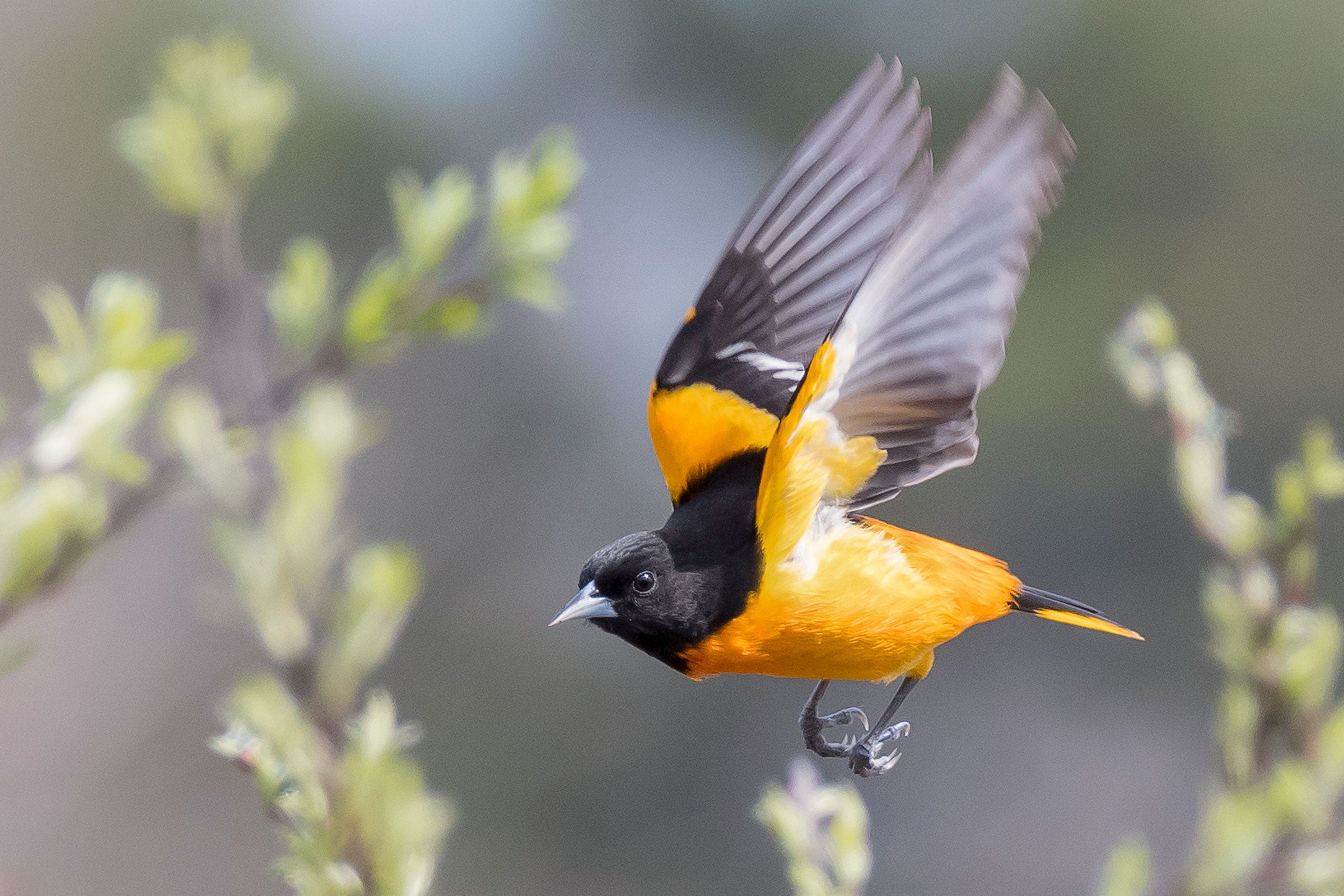This Greenhouse gas is a primary cause of increased water vapor.
Carbon Dioxide
This pollinator is responsible for providing, on average, every three bites of food that we eat.
Bees
The percentage of plastic that is actually recycled.
8%
The total rise in average global temperature since 1880.
1°C
This brightly colored bird originating in Southern Mexico & Central America gives inspiration for one of Baltimore's most iconic sports teams
Baltimore Oriole

This many meters of ice have been lost from glaciers in the most recent hydrologic years.
1.1/1.2
This pollinator saves over $1 billion a year in crop damage and are commonly thought to only live in caves.
Bats
This common material that is infinitely recyclable.
Aluminum
This many years in the last decade have been the "hottest" on record.
10
These nutrients, commonly present in urban runoff, provide reliable sources of energy for harmful invasive algal blooms.
Innovative nutrient delivery and water recycling techniques have allowed for this agricultural process, which reduces consumption of water by over 90%.
Hydroponics

These are some methods to promote growth of pollinator populations and diversity at a local level.
Creating a wildlife habitat garden, planting native tree and plant species, and avoid using pesticides.
This many companies produce 80% of global fossil CO2 emissions (range accepted).
57 (50-60)
The third highest renewable energy source in the US in terms of total energy produced, this source was responsible for over 140 billion kWh of energy production in 2023.
Solar
The deer, commonly an invasive species in certain regions of the world, sheds its antlers during this season.
Breeding season (due to decrease in testosterone levels)
After years of industrialization, humans have now introduced microplastics into this normally clean natural process.
Rain
Young female larvae are fed this to become Queen Bee.
Royal Jelly (secreted from hypopharyngeal glands)
Some of the many ways we can be consume mindfully and sustainably to reduce environmental impacts and waste generation.
Purchasing local produce and supporting local businesses, using public transportation, reducing consumption overall.
This is Maryland's Eastern Regional Climate.
Humid Subtropic
This species, seen here, was first detected in the United States in 2002, and has since decimated tens of millions of ash trees in the United States

Emerald Ash Borer
This country is the flattest in the world and is significantly affected by rising sea levels due to Global Warming.
The Maldives (only 5m difference between the highest and lowest elevation)
This parasite zombifies honeybees and causes them to display erratic behavior (such as leaving the hive at night and being attracted to lights), causing Colony Collapse Disorder.
Phorid "Zombie" Fly
This country is becoming one of the world's largest textile waste dumps, accumulating up to 15 million garments per week.
Ghana
This is the hottest country in the world.
Mali/Senegal/Burkina Faso - yearly avg temp. of 85°F
This invasive species is a coral reef killer and native to South Pacific and Indian Oceans.
Lionfish